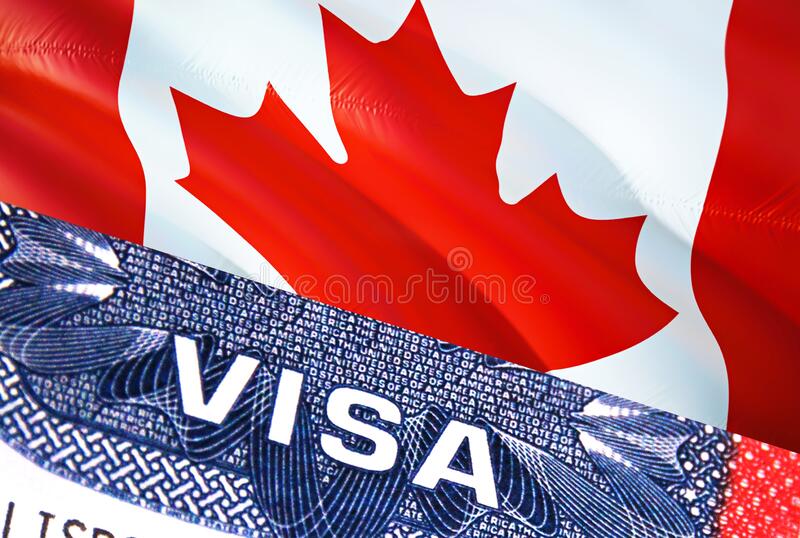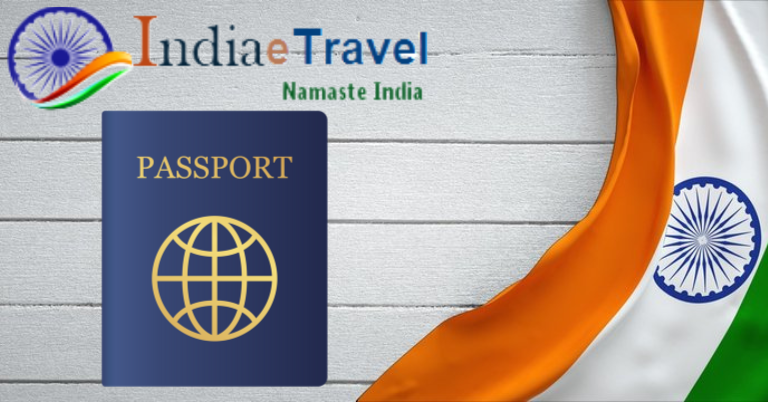Introduction
International travel documentation requires careful attention to detail, with specific requirements varying by destination and nationality. Two distinct but equally important processes include THE CANADA ETA FOR BRUNEI CITIZENS and understanding the KENYA ETA PHOTO REQUIREMENTS AN APPLICANTS GUIDE. These topics represent critical components of successful travel planning, demonstrating how different countries maintain specific entry protocols that travelers must follow precisely. This comprehensive guide explores both processes in detail, providing essential information for prospective visitors to Canada and Kenya.
Understanding the Canada eTA System for Brunei Citizens
The Canadian Electronic Travel Authorization represents a significant advancement in border management and traveler facilitation. For citizens of Brunei, this system offers a streamlined alternative to traditional visa applications, allowing for quicker processing and simplified entry procedures. The eTA program pre-screens travelers before they depart for Canada, enhancing security while reducing wait times at border crossings. Brunei passport holders benefit from this electronic system due to their country’s visa-exempt status with Canada. The authorization remains valid for multiple entries over a five-year period or until the traveler’s passport expires, whichever comes first. This flexibility makes the eTA particularly advantageous for frequent travelers who may need to visit Canada multiple times for business or tourism purposes without reapplying for authorization each time.
Eligibility and Application Process for Brunei Citizens
Brunei citizens seeking to travel to Canada must meet specific eligibility criteria to qualify for the eTA program. Applicants must possess a valid Brunei passport with at least six months remaining validity from their intended date of entry into Canada. The passport must be an electronic or biometric document containing a microchip with the holder’s information. The application process occurs entirely online through the official Government of Canada website or authorized service providers. Applicants complete a digital form requiring personal information, passport details, and answers to basic eligibility questions regarding health and security matters. The entire process typically takes approximately fifteen minutes to complete, with most applications receiving approval within minutes of submission. In rare cases where additional documentation is required, processing may take several days.
Kenya’s Electronic Travel Authorization System
Kenya has implemented an electronic travel authorization system that simplifies entry procedures for visitors from eligible countries. The Kenya eTA functions similarly to visa waiver programs in other nations, allowing qualified travelers to obtain authorization before departure rather than applying for a traditional visa upon arrival. The system has significantly reduced processing times and eliminated the need for embassy visits for many travelers. The eTA is mandatory for all visitors unless they hold passports from East African Community member states or other specifically exempted categories. The authorization typically allows for single entry with a maximum stay of ninety days, though extensions may be possible through application at immigration offices within Kenya. The system reflects Kenya’s commitment to balancing tourism facilitation with appropriate border security measures.
Comprehensive Guide to Kenya eTA Photo Requirements
The photograph submitted with a Kenya eTA application must meet precise specifications to avoid processing delays or rejection. The image must be a recent color photograph taken within the past six months against a plain white or off-white background. The applicant must face the camera directly with a neutral facial expression and both eyes clearly visible. Head coverings are only permitted for religious reasons and must not obscure any facial features. The photograph dimensions must measure 35 millimeters by 45 millimeters with the head occupying approximately 70-80% of the image. Digital specifications require a JPEG format file with minimum resolution of 600 pixels wide by 600 pixels high. The image must be in sharp focus with even lighting and no shadows across the face or background. These requirements ensure facial recognition technology can accurately process the image at border control points.
Common Photo Mistakes and How to Avoid Them
Applicants frequently encounter challenges meeting the precise Kenya eTA photo specifications, leading to unnecessary processing delays. Common errors include submitting photographs with incorrect dimensions, improper background colors, or inadequate image quality. Other frequent mistakes involve shadows across the face, inappropriate facial expressions, or wearing accessories that obscure facial features. To avoid these issues, applicants should use professional photography services familiar with international travel document requirements. When taking photographs at home, ensure even lighting without flash reflections, use a plain white background, and follow dimension guidelines precisely. Digital editing should be limited to cropping and resizing without altering facial features or background. Reviewing the requirements carefully before submission can prevent weeks of delay in the application process.
Document Preparation for Both Applications
Successful applications for both the Canada eTA and Kenya eTA require careful document preparation beyond just photograph specifications. For the Canada eTA, Brunei citizens need their valid passport, credit or debit card for payment, and an email address for communication. The Kenya eTA requires similar documentation plus additional supporting materials such as travel itineraries, accommodation bookings, and return flight tickets. Both applications demand absolute accuracy in personal information matching the traveler’s passport exactly. Even minor discrepancies in spelling or date formats can cause significant delays or rejection. Applicants should gather all necessary documents before beginning the online application process to ensure smooth completion. Keeping digital copies of all submitted documents provides important backup in case technical issues occur during transmission.
Processing Times and Approval Considerations
Understanding processing timelines helps travelers apply with sufficient lead time before their intended departure. The Canada eTA for Brunei citizens typically processes within minutes for straightforward applications, though some cases may require manual review extending to several days. The Kenya eTA generally processes within two to three business days but can take longer during peak travel seasons or if additional documentation is requested. Applicants should avoid making non-refundable travel arrangements until receiving official authorization approval. Both systems provide electronic confirmation of approval, which travelers should print and carry with their travel documents. While approval rates are high for applicants who meet all requirements, authorization remains at the discretion of immigration officials who may request additional information before granting entry permission.
Entry Procedures and Compliance at Borders
Possessing approved travel authorization does not automatically guarantee entry into Canada or Kenya. Border officials retain final authority to admit travelers based on their assessment at the point of entry. Brunei citizens with Canada eTA approval must present their valid passport upon arrival, which officials will verify against electronic records. Similarly, Kenya eTA holders must present their passport with the authorization printout for verification. Travelers should be prepared to answer questions regarding their visit duration, accommodation arrangements, and financial means to support their stay. Compliance with all entry requirements, including having return tickets and sufficient funds, remains essential for smooth border processing. Maintaining polite and cooperative communication with border officials facilitates efficient entry procedures.
Conclusion
Navigating international travel requirements demands careful attention to specific national regulations and procedures. The Canada eTA system offers Brunei citizens efficient access to Canada while maintaining appropriate border security protocols. Similarly, Kenya’s eTA program combined with strict photo requirements ensures streamlined entry while upholding identification standards. Understanding these distinct processes enables travelers to prepare adequately, avoiding common pitfalls that cause processing delays. By following guidelines precisely and submitting accurate documentation, travelers can ensure smooth authorization processes and enjoyable international experiences. Always check official government sources for the most current requirements before applying, as immigration policies can change with minimal notice. Proper preparation remains the key to successful international travel in today’s regulated global environment.New chat



